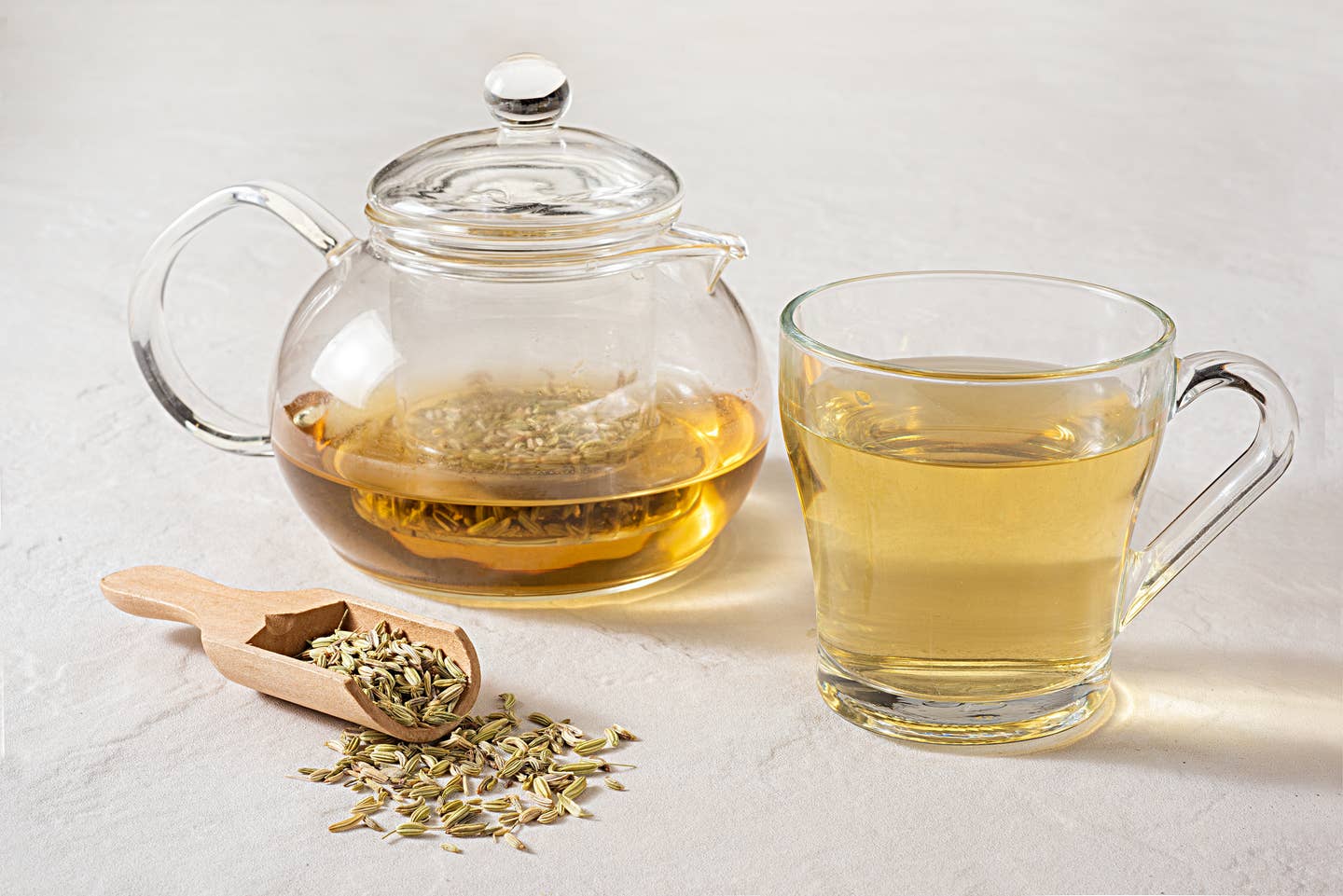
What is Cryotherapy and Should You Try It to Lose Weight?
You eat healthy, stick to plant-based foods, and try to lose a little weight in the process as well as lower inflammation and reduce recovery times between boot camp sessions. Chance are you've also tried cryotherapy, also known as "cold therapy," the popular treatment where you expose the body to extreme cold temperatures for about 3 to 5 minutes in the hopes that it will benefit your health, lower stress, and even help trigger weight loss. But does it work? Proponents of cryotherapy believe that it is an effective strategy – along with a healthy plant-based diet – to reduce inflammation, promote the burning of body fat, and help you have better quality sleep.
Cold therapies have been around for more than 5,000 years and nowadays there are a number of popular ways to participate in these treatments, from a simple cold plunge to complete immersion tanks that require you to stand in an enclosed metal chamber for several minutes, with temperatures that hover around negative 200–300°F, cooled by nitrogen or argon gas. The process is simple: Step inside the steel tube, remove your robe, and after three minutes you can expect to feel rested, awake, and recharged.
The treatment is commonly used by athletes, including Steph Curry and Lebron James, who use cryotherapy after games to reduce inflammation or after practice to recover faster. Actors Mark Wahlberg and Hugh Jackman are outspoken advocates of cryotherapy treatment for better sleep and to boost energy levels after arduous hours of filming or to recover from traveling. The cryotherapy craze became a wellness movement several years ago and shows little signs of waning, due to the enthusiasm of celebrities, supermodels, and athletes who tout the experience on their social feeds. It's one reason why spas have turned into specialty cryotherapy centers and invested in high-tech tanks.
Cryotherapy is purportedly helpful for:
- Muscle recovery
- Fat burning
- Better sleep
Does it work? Studies have found that for certain benefits such as muscle recovery and to fight inflammation, cold treatments, even simple ice baths or cold packs, do actually work.
Cryotherapy for muscle recovery is popular among athletes or anyone with muscle injuries that use the remedy as an anti-inflammatory treatment. In the lab, cryotherapy has been shown to work on muscle injuries, on rats immersed into three cryotherapy sessions, 30-minutes each every two hours for a study.
Within the first 48 hours of this experiment, signs of decreased inflammation were observed in cellular infiltration. The study concluded: [Cryotherapy has a] beneficial effect on the inflammatory process, without affecting the regeneration process after tibialis anterior injury.
Cryotherapy for weight loss: The theory posits that cryotherapy can help freeze fat cells, which the body then disposes of once they are dead. Several studies have pointed to promising results. In one retrospective study, individuals recorded their waist circumference, body weight, and body mass index (BMI) and select individuals received blood analysts markers of inflammation and fat mobilization before and after the procedure.
Results showed that "single sessions of tissue cryotherapy lead to significant loss of tissue volume in the time frame of hours and (ii) multiple daily procedures lead to a cumulative decline in adipose tissue, as assessed by waist circumference, body weight, and BMI, confirmed by whole-body dual-energy X-ray absorptiometric scanning."
The study concluded that "Intersite cryotherapy may be a viable option for combating obesity and overweight."
Cryotherapy for better sleep: A pain-free body and better sleep go hand and hand which is why athletes prefer cryotherapy as a natural treatment to help promote better, quality sleep.
In a study, a total of 22 physically active men used a whole-body cryotherapy treatment for 3 minutes after training in the evening. Results found that this specific treatment improves subjective and objective sleep quality, which "may be due to greater pain relief and improved parasympathetic nervous activity during the slow-wave sleep period," according to researchers.
Are there any side effects to cryotherapy?
Anyone with nerve conditions should not try cryotherapy. Most side effects of cryotherapy are temporary and include numbness, tingling, redness, and irritation of the skin, however, if these conditions are not resolved within 24 hours, contact your doctor for professional help.
How much does cryotherapy cost?
If you visit a cryotherapy spa, you can expect your first session to cost $40 and last about 2 minutes. Pricing is different depending on location, and package deals are the popular form of payment.
Cryotherapy at Home
If you don't leave near a specialty spa or want to try cryotherapy at home, you can do so with the help of over-the-counter devices. These products range in size, price, and usage depending on your personal preferences. For example, you can purchase a smaller cryo device for targeted areas like your skin or purchase a whole-body cryo-sauna, which leans on the pricer side.
The Benefits of Cryotherapy
The three major health benefits of cryotherapy include muscle recovery, weight loss, and sleep, and are linked to several scientific studies.
Bottom Line:
Cryotherapy is an effective treatment for muscle recovery, better sleep, and weight loss. At-home cryotherapy devices can be expensive, purchasing products that target certain areas of the body are a more affordable option.
For more articles just like this one check The Beet's, health and nutrition column.
More From The Beet






